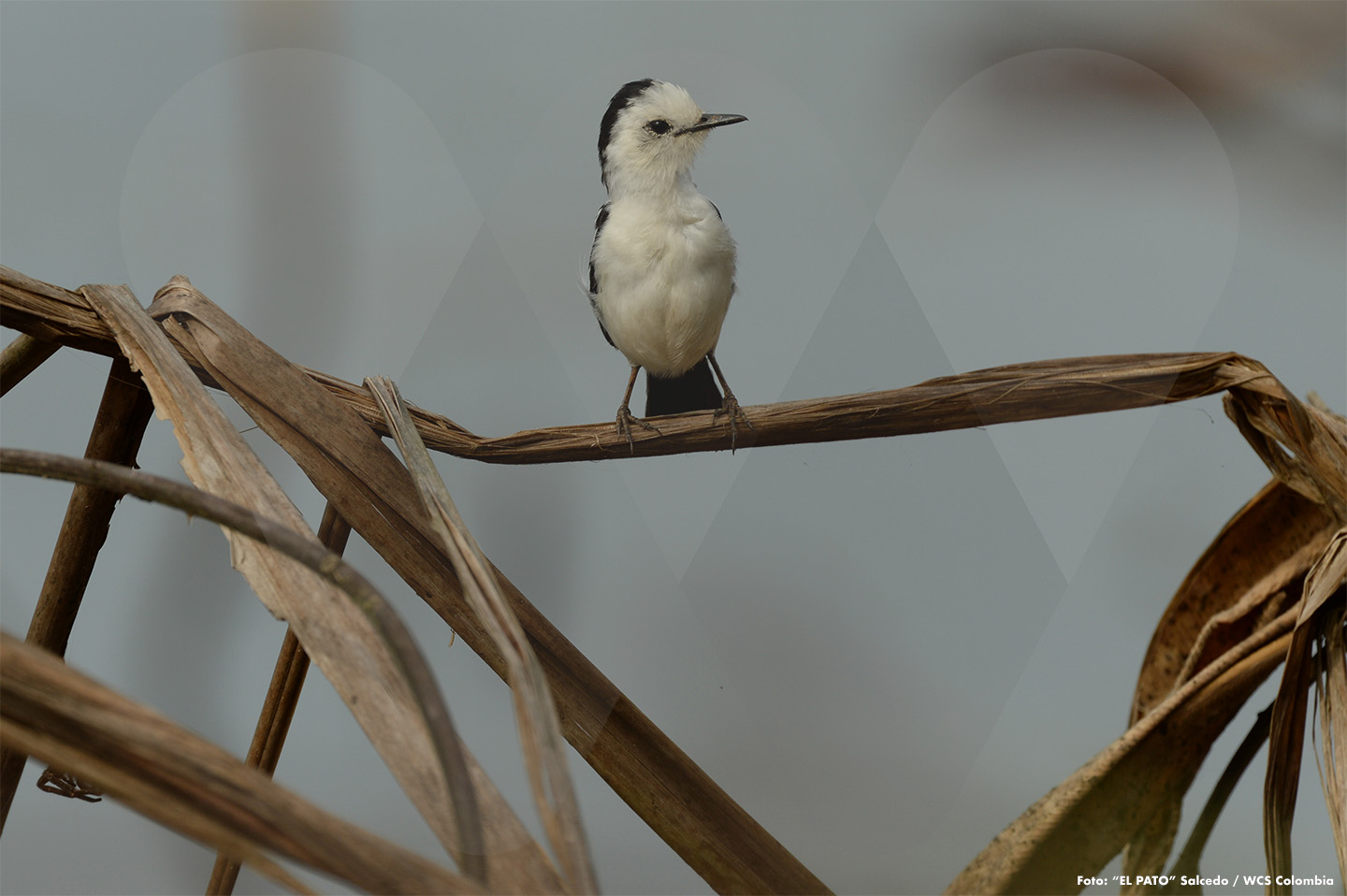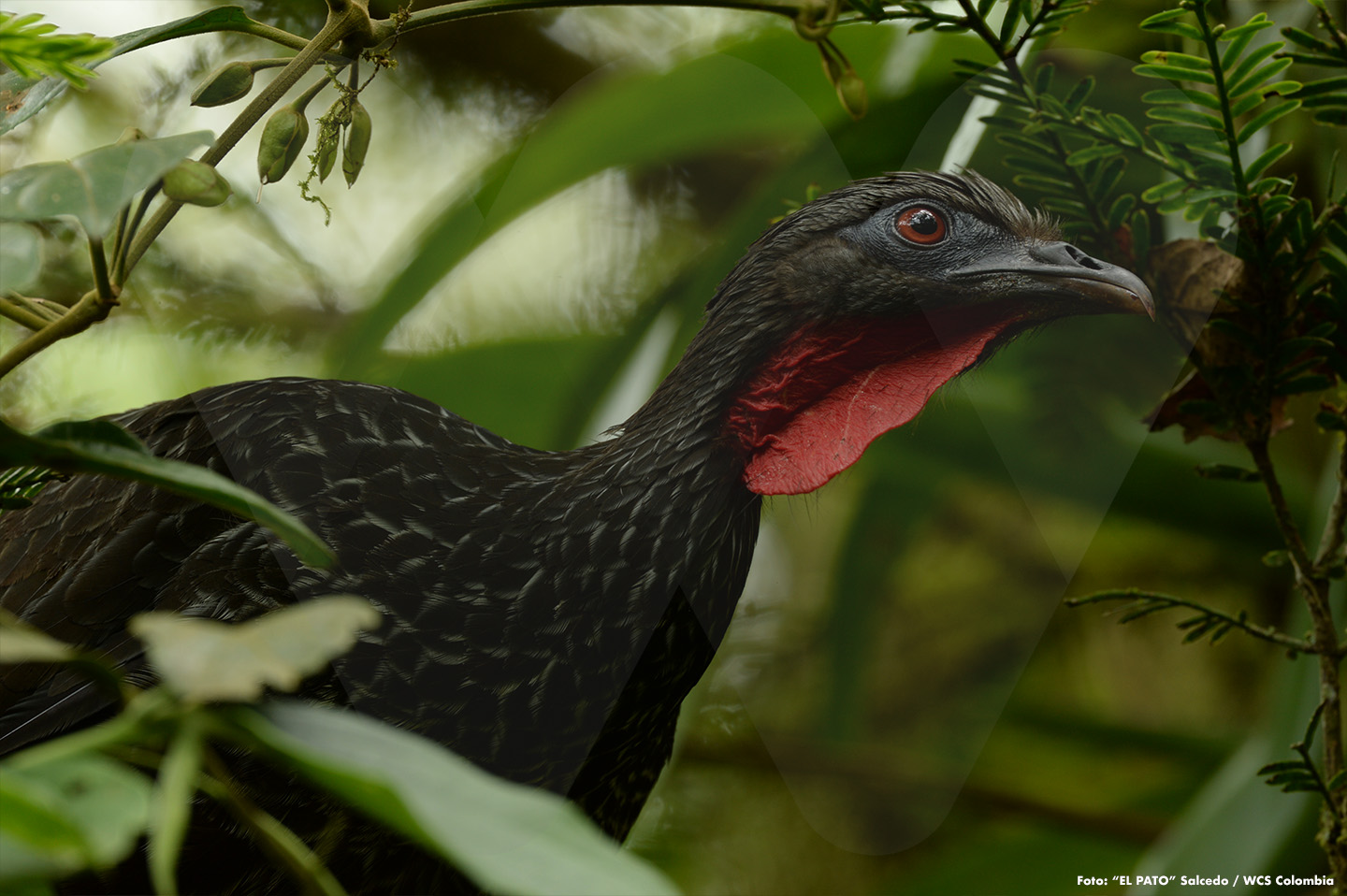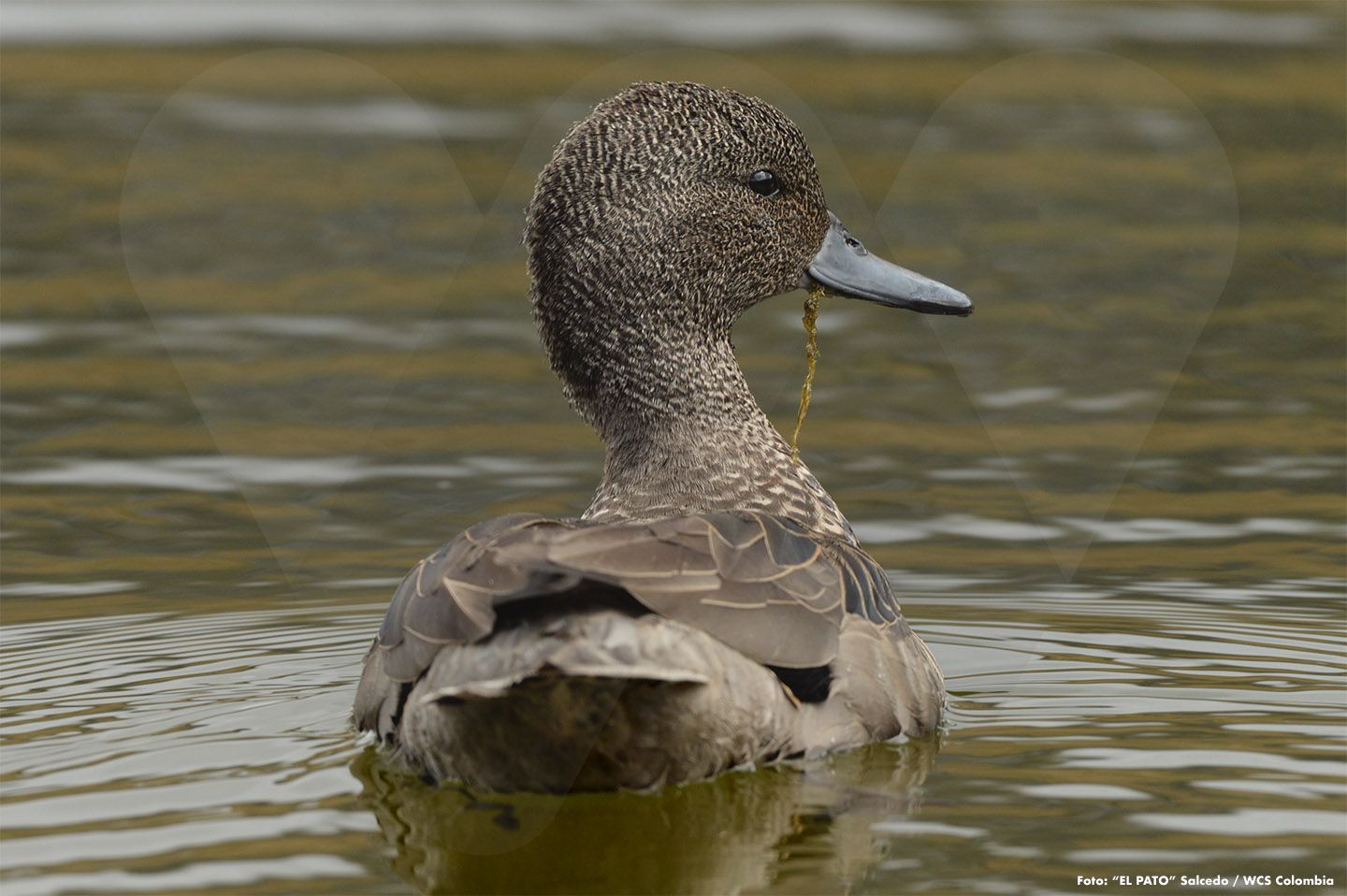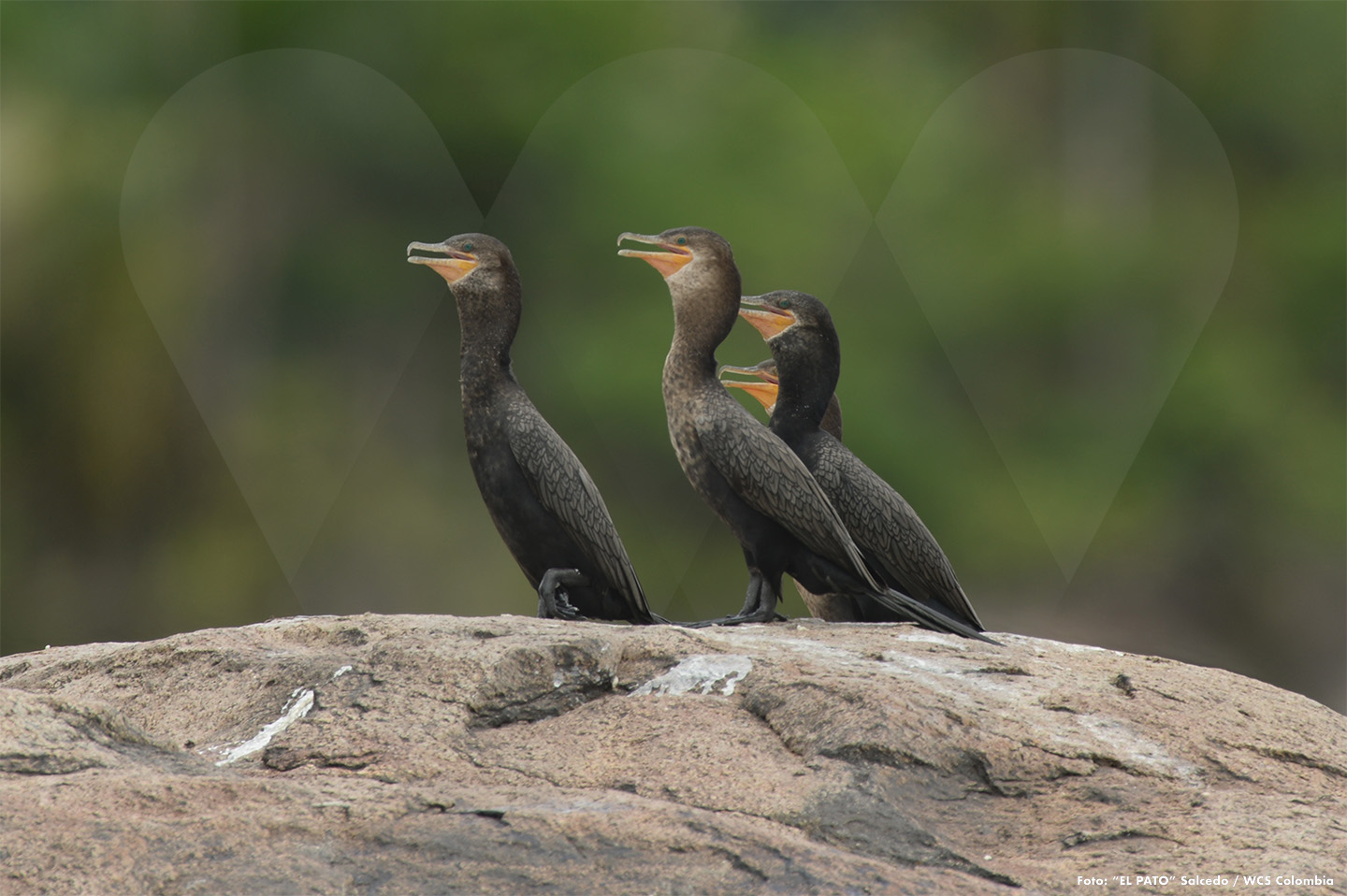 Platalea ajaja
Platalea ajaja
This photo was taken at the Bañó Marsh, whose waters border Cotocá Arriba, a beautiful township located on the banks of the Sinú River in the department of Córdoba. This bird, a relative of herons, has a wide distribution range stretching from the southern United States to Argentina. It is commonly called the Roseate Spoonbill.
 Fluvicola pica
Fluvicola pica
Panama, the north of South America, and the island of Trinidad are the lands where the Pied Water-Tyrant or Black-and-white Becard lives. This bird feels very comfortable staying in flooded savannas, wetlands, and on the edges of mangrove forests. Its preferred diet consists of insects. The individual we observed here was found while roaming near a small body of water close to Cispatá Bay.
 Penelope perspicax
Penelope perspicax
It is a species endemic to Colombia, which means it only lives in our country. Also known as the Cauca Guan, it usually inhabits elevations between 700 and 1800 meters above sea level. It lives in some Andean forests that extend across the departments of Cauca, Valle del Cauca, Risaralda, and Quindío. Very important: it is endangered.
 Anas andium
Anas andium
It is also called the Andean teal, paramo duck, or mountain duck. Its habitat includes the high zones of the Andes in Venezuela, Colombia, and Ecuador, reaching up to 4,300 meters above sea level. There, it lives in wetlands and rivers. The one in this photo was spotted at Otún Lagoon, in Los Nevados National Natural Park, Central Andes.
 Phalacrocorax brasilianus
Phalacrocorax brasilianus
Some of its common names include: cormorant, sea raven, neotropic cormorant, marsh cormorant, raven duck, or little duck. Generally, its habitat is associated with water—both coastal areas and inland wetlands and rivers. Its distribution is very wide: United States, Central America, South America, and some Caribbean islands. We photographed this individual while it was perched on a rock in the middle of the Orinoco River.
 Diglossa glauca
Diglossa glauca
The masked flowerpiercer, also known as the masked diglossa or antifaz flowerpiercer, inhabits the Andean forests of Colombia, Ecuador, Peru, and Bolivia. A very distinctive trait of this species is that, among all flowerpiercers, it is the only one with yellow eyes. We had the opportunity to capture this image in a well-preserved area located in the very high upper part of the Putumayo piedmont.
Traslated wtih AI support